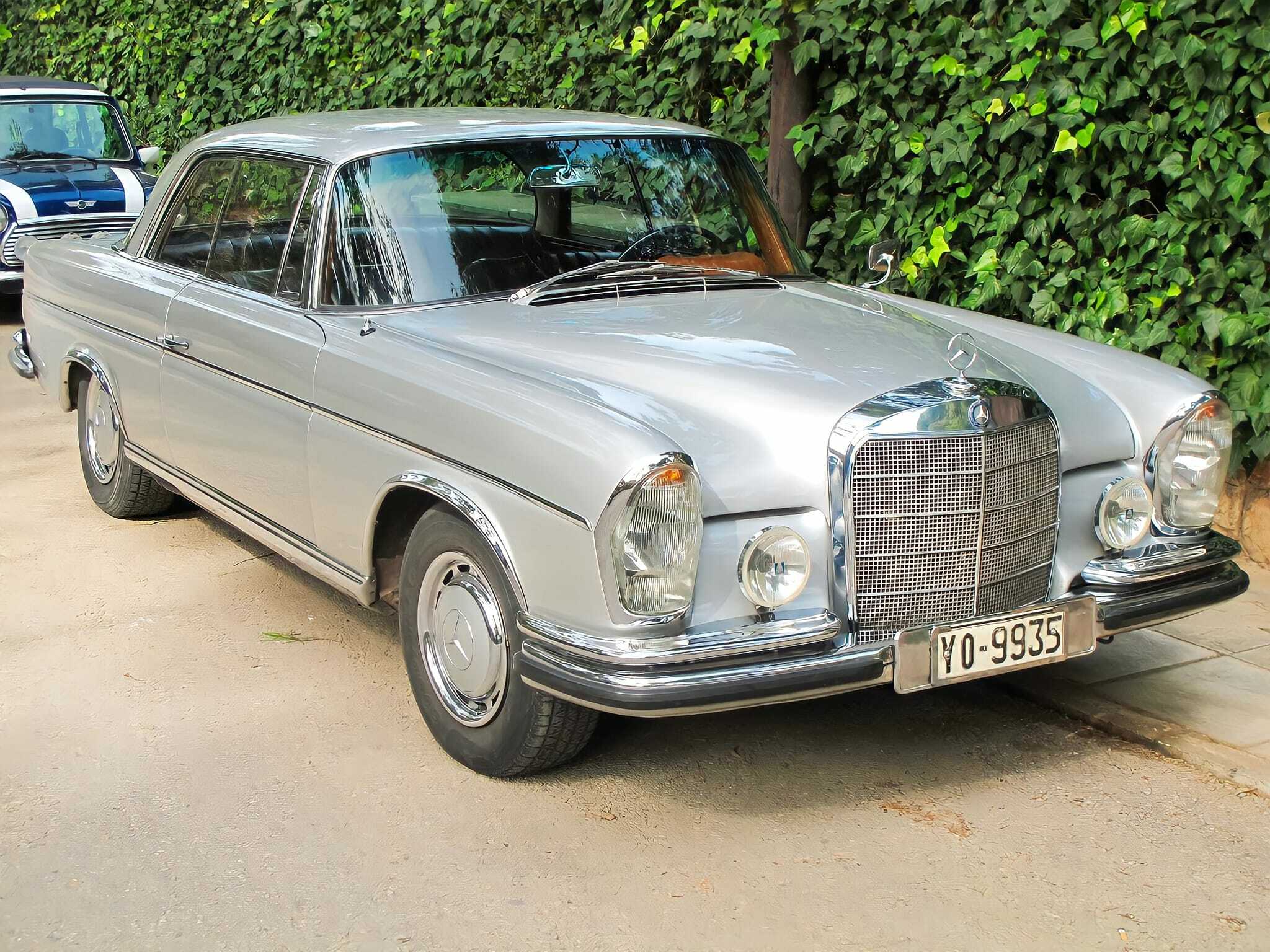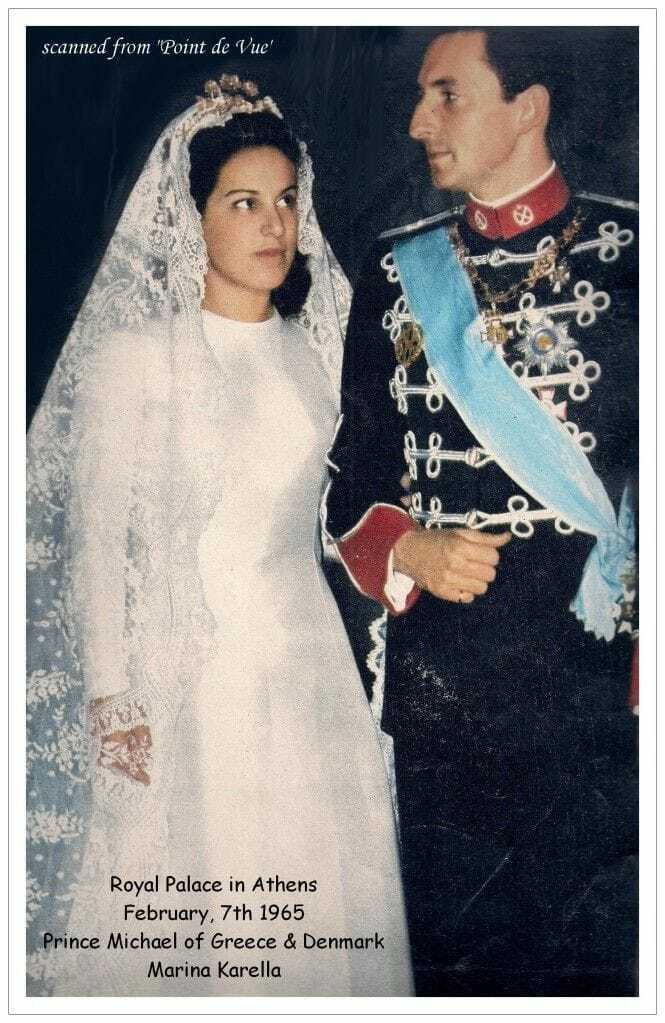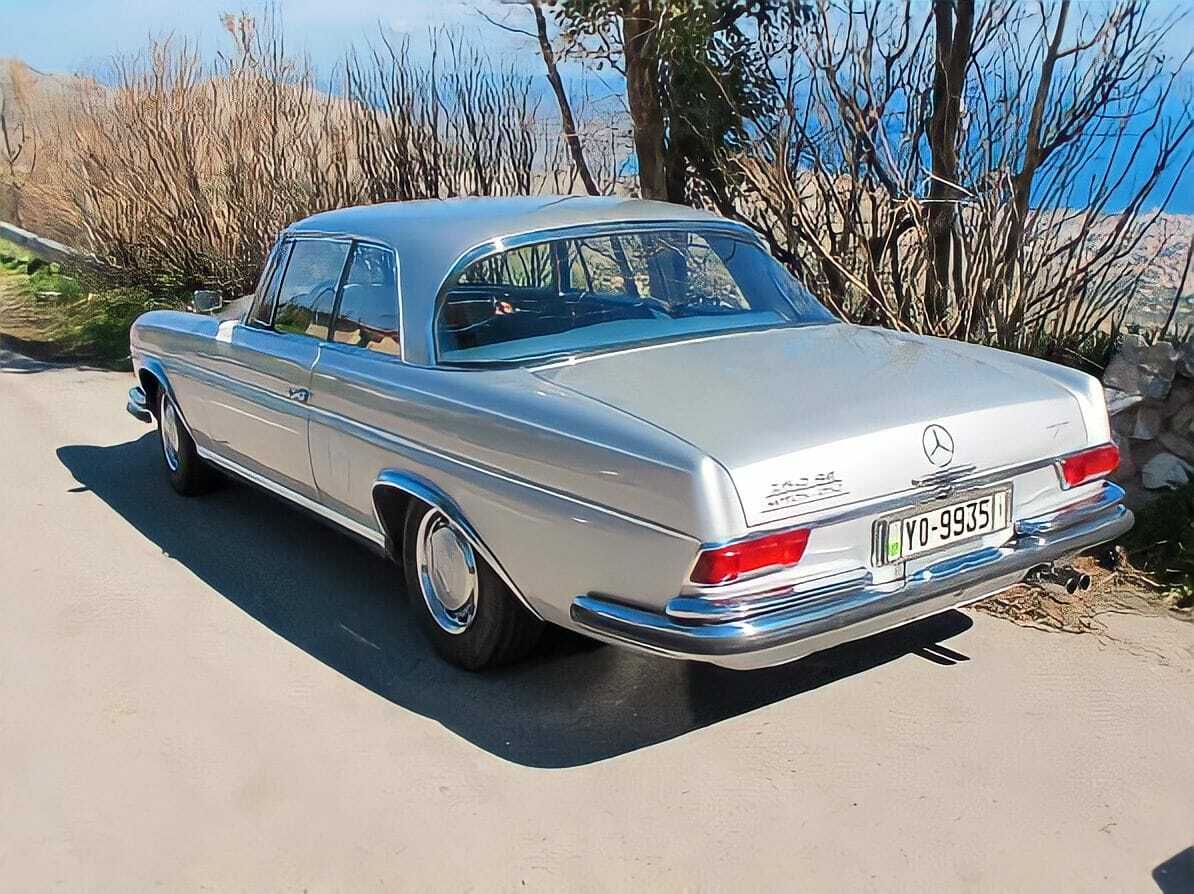Prince Michael of Greece and Denmark, RE (born 7 January 1939) is a Greek prince, historian, and author.
He is a first cousin of the late Prince Philip, Duke of Edinburgh, consort of Queen Elizabeth II of Great Britain.
He was born in Rome to Prince Christopher of Greece and Denmark (youngest son of King George I of Greece) and his second wife Princess Françoise d’Orléans of France (daughter of the Orleanist claimant to the defunct French throne, Prince Jean d’Orléans, Duke of Guise). His godparents were his two first cousins Queen Helen, Queen Mother of Romania and King George II of Greece (eldest children of his paternal uncle King Constantine I)
This particular example which is wonderfully correct, original and unmolested, has an interesting history as her first owner was Prince Michael of Greece and Denmark, (to His friends “Michel de Grèce”) cousin and close friend of King Constantine who owned two similar 250 SE’s but Cabriolets.:!: The car belonged to the Royal Palace fleet and carried the Kingdom of Greece’s crest as a license plate on the front and rear! HRH kept the car until 1970 (when he and the King’s family fled the country from the Greek Military Junta era), when a very wealthy Greek shipowner, a young member at the time, of the Gratsos family, took ownership of the Coupé and kept her mostly chauffeur driven and meticulously maintained until 1999 when the car was acquired by its third successive owner, a well known Athens car dealer and ex race driver who kept the SE for ten years, allegedly having only added about 5,000 KM on the odometer. Aside from her intriguing ownership history, this is a quite nice example in that it has three of the most sought after features of the time: 1) The electric windows, 2) Air conditioning and 3) That wonderful automatic 4 speed transmission.
First shown at Frankfurt Motor Show in 1965, the new S-Class Mercedes-Benz range was outwardly distinguishable from preceding models by a sleeker body-shell with lower roof and waistlines with increased glass area. All models featured similar all-independent suspension, as well as four-wheel disc brakes and power-assisted steering. However, although the saloon used this New Generation’ body-shell, the Coupé and Cabriolet kept the timelessly elegant coachwork that had debuted back in 1960 on the 220SEb. The latter had moved Mercedes-Benz’s styling into the modern era; longer than their predecessors, these elegant cars featured a wider radiator shell, wrap-around windscreen, enlarged rear window and vertically positioned twin headlamps, all of which were carried over to the 250SE Coupé and Cabriolet. As befitted top-of-the-range luxury models, the duo came equipped with automatic transmission, air conditioning, electric windows and stereo radio as standard. The 250SE employed a fuel-injected version of Mercedes-Benz’s new M129, with overhead-camshaft, seven-bearing straight six engine, displacing 2,496cc and developing 150bhp at 5,600rpm. There was a choice of four-speed manual or automatic transmissions, while the rear suspension featured Mercedes-Benz’s hydro-pneumatic compensating spring. Thus equipped, the 250SE was good for 190 km/h, with 100 km/h reachable in 12 seconds, a substantial improvement on the superseded 220SE’s figures. When the 280SE 3.5 ceased production in 1971, its passing marked the end of this long-established body style. Today all examples of these classic Coupés and Cabriolets are highly sought after.
When Paul Bracq introduced his latest design for the 111 sedans it had all of the trappings of a legendary car. However, his translation of these designs into the 220/250/280 Coupés and Cabriolets made for some of the most desirable, best looking Benzes of the 60’s and early 70’s.
🏁 Motorblog | FOLLOW
https://gaukmotors.co.uk/motorpedia
Curated Automotive Awesomeness | Follow, Grab a Coffee and Enjoy. All the latest and best from the world of motoring



